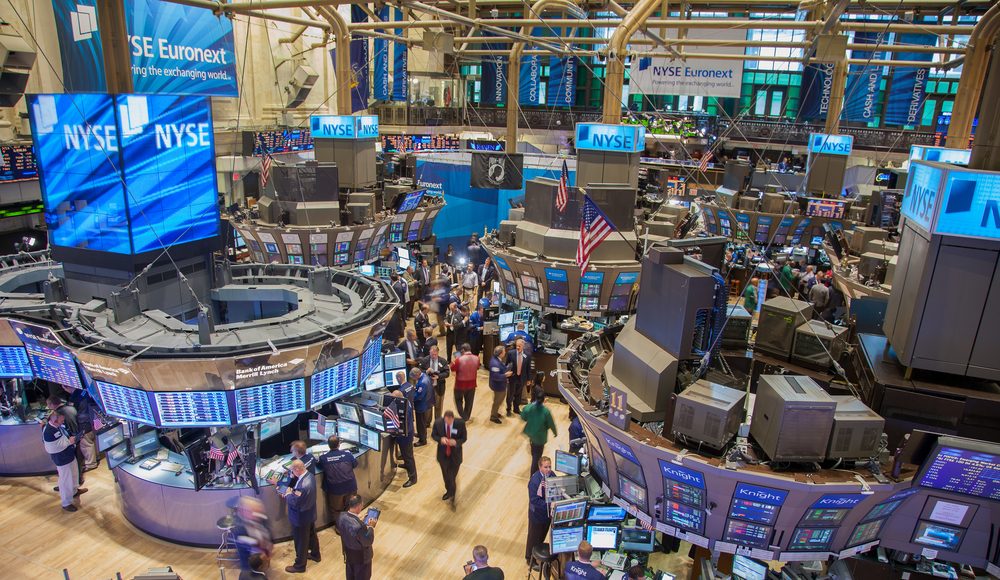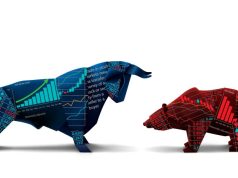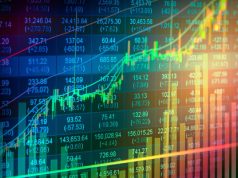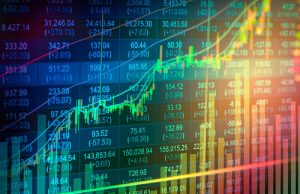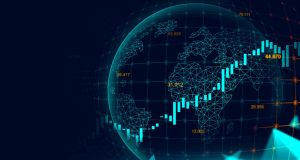The precious metals market is setting up for what could be one of the most compelling investment opportunities of the decade. While gold has already touched record highs this year, multiple converging forces suggest the rally may only be in its early stages.
Beyond the Tariff Drama
Recent confusion over potential gold tariffs created significant market volatility, with futures spiking to all-time highs before President Trump’s clarification that “Gold will not be Tariffed!” While this uncertainty has now been resolved, the episode highlighted something crucial: gold’s role as the ultimate safe haven remains intact in an increasingly complex global trade environment.
The tariff confusion actually reinforced a fundamental principle – gold functions best as a universal store of value when it maintains transparent, consistent pricing globally. Any policy that fragments this pricing mechanism threatens the metal’s core appeal as a hedge against uncertainty.
The Federal Reserve’s Dilemma Creates Opportunity
The current economic backdrop presents an ideal environment for gold appreciation. Sticky inflation driven by trade policies and immigration restrictions is colliding with below-trend economic growth, creating a scenario where real yields face sustained downward pressure.
This matters enormously for gold investors. As a non-interest-bearing asset, gold’s opportunity cost falls when real yields decline. When adjusted for inflation, the cost of holding gold versus Treasury securities becomes increasingly attractive.
The Federal Reserve finds itself in a particularly challenging position. With Jerome Powell’s term ending in May 2026, questions about central bank independence are already emerging. Any perceived political pressure on monetary policy could accelerate gold’s appeal as an inflation hedge and store of value.
Central Bank Demand: The Unsung Driver
While retail investors often focus on market sentiment and technical analysis, institutional demand tells a more compelling story. Central banks worldwide have been accumulating gold at near-record levels, with China, India, and Turkey leading the charge.
This isn’t merely diversification for its own sake. Global central banks are systematically reducing their exposure to policy-sensitive assets, recognizing that traditional reserve currencies carry political and economic risks that precious metals simply don’t.
The significance of this shift cannot be overstated. Gold has already overtaken the euro as the world’s second-largest reserve asset behind the U.S. dollar. This institutional buying creates a price floor that retail sentiment alone cannot provide.
The Dollar’s Weakening Foundation
Currency dynamics add another layer to gold’s appeal. The U.S. dollar faces multiple headwinds that typically benefit precious metals: growing fiscal deficits, potential trade wars, and questions about long-term monetary policy credibility.
Rising government debt levels amid political uncertainty create exactly the type of environment where gold historically outperforms. Investors seeking “a beacon of stability” naturally gravitate toward assets with thousands of years of accepted value.
Price Targets Reflect New Reality
Current analysis suggests spot gold could reach $3,500 by year-end, with potential for $3,700 by mid-2026. These aren’t speculative bubbles – they reflect fundamental shifts in global monetary systems, central bank behavior, and economic policy.
Some strategists believe even these targets may prove conservative if geopolitical risks escalate or economic volatility increases. The combination of institutional demand, currency concerns, and policy uncertainty creates what many describe as “the perfect storm” for precious metals.
What This Means for Investors
Gold’s current environment differs markedly from previous rallies driven primarily by crisis or inflation fears. Today’s drivers are more structural: central bank diversification, fiscal sustainability concerns, and monetary policy credibility questions.
This suggests potential staying power beyond typical cyclical moves. Investors looking for portfolio stability in an era of unprecedented monetary experimentation may find gold offers something no other asset can: complete independence from government policy decisions.
The metal’s performance during recent tariff uncertainty demonstrated its continued relevance as a safe haven. As global trade relationships become more complex and monetary policies more experimental, gold’s role as a universal store of value becomes increasingly valuable.
For long-term investors, the current setup presents an opportunity to position in an asset that benefits from many of the same forces creating uncertainty elsewhere in financial markets.
